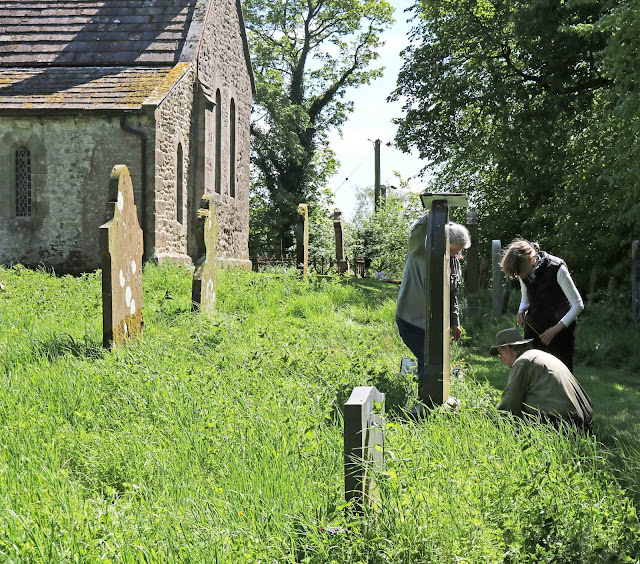Saturday 25
May 2019
Today was an
Archaeology “Family Fun Day” at Horton-in-Ribblesdale, organised by the
Yorkshire Dales Millennium Trust as part of their “Stories in Stone” project.
Stories
in Stone is part of a programme of community and heritage projects developed by
the Ingleborough Dales Landscape Partnership, led by Yorkshire Dales Millennium
Trust and supported by the National Lottery Heritage Fund. (http://www.storiesinstone.org.uk/ )
Upper
Wharfedale Heritage Group had been one of the community archaeology groups from
the Dales invited to take part. While UWHG put up an information stall at the
main event taking place at the playing fields, the Embsay-with-Eastby
Churchyard Project team set up at St Oswald’s Church, which is about half a
mile away.
We suspected we might be too far from the main event to get many “customers” but in the end we saw quite a few visitors – some booked in advance, but the majority were passing through (the churchyard is on the Pennine Way).
We ran two sessions demonstrating RTI
photography and our two little groups seemed impressed with the results and the
technique. They asked lots of questions and we took them inside the church to
look at our information and display stand. Most of them lingered a long time to
have a chat about the project and we were certainly kept busy all day.
We had a
nice visit from Tony Johnson, a photographer from the Yorkshire Post, who of course
was interested in our use of RTI. He took loads of photos of us demonstrating
the technique, and one of them has appeared in Monday’s edition of the
newspaper (27th May 2019) www.pressreader.com/uk/yorkshire-post/20190527/281543702398968
We would
especially like to thank the lovely ladies of St Oswald’s who were very
welcoming and hospitable – and make lovely cakes!
Jane Lunnon






















